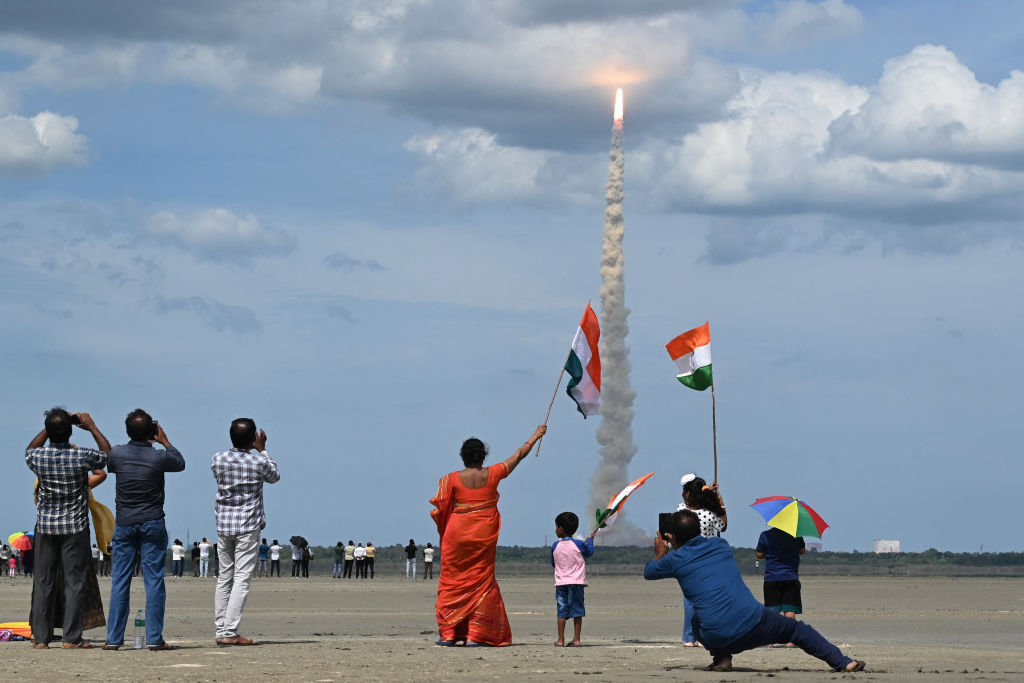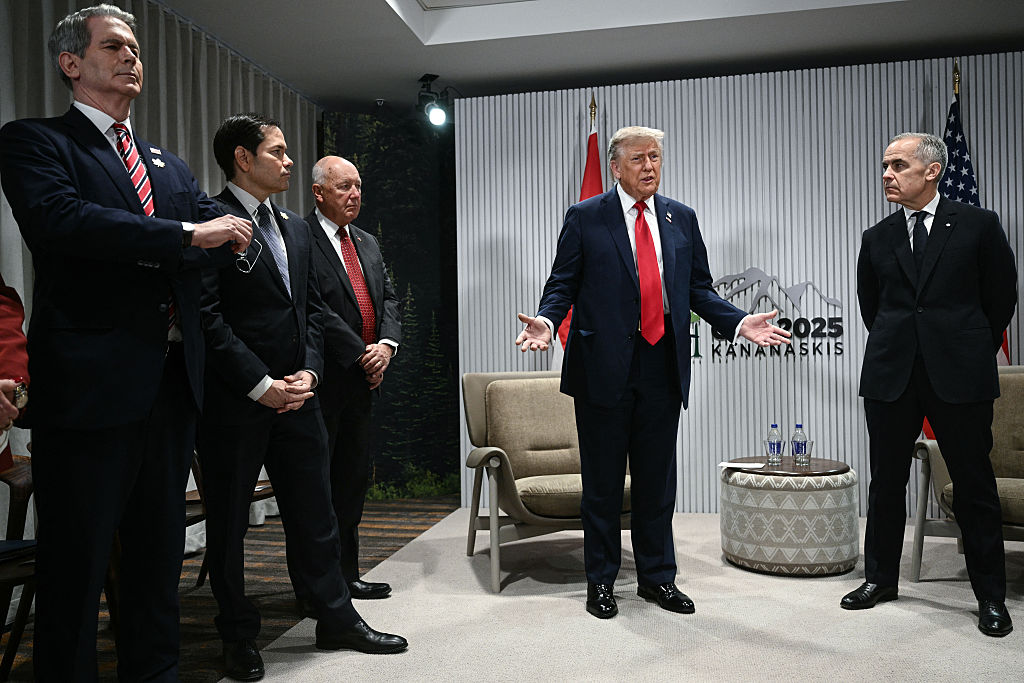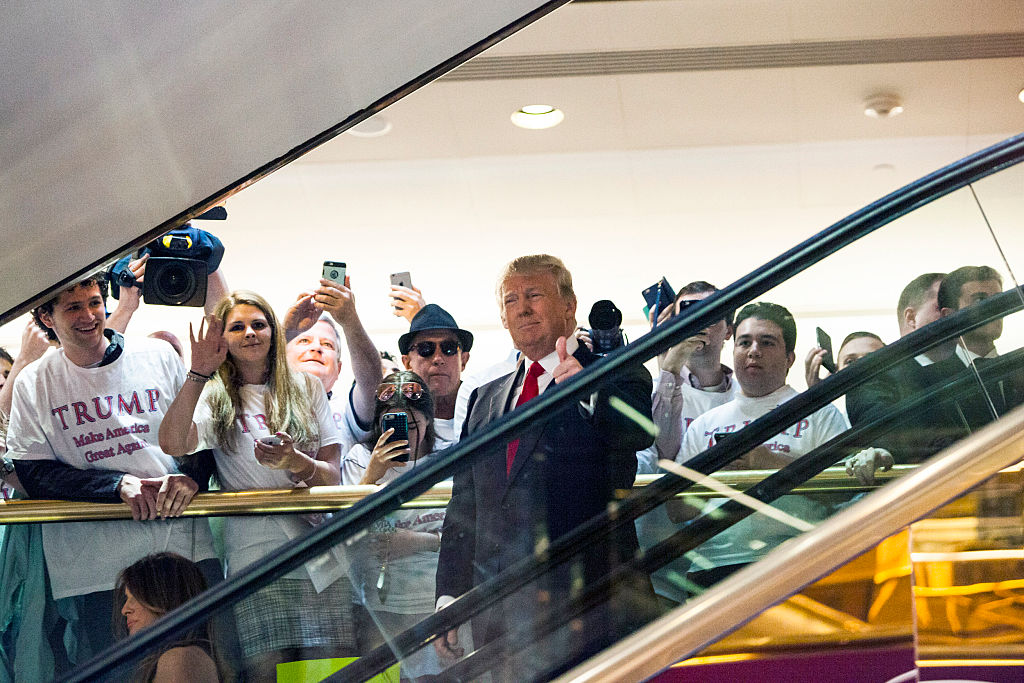India — or, to be more precise, its leader Narendra Modi — wants to conquer space. That is why the success of the country’s latest Moon mission matters so much. Only three countries — the United States, the former Soviet Union and China — have completed a successful landing on the lunar surface. No country has ever managed a landing near the Moon’s south pole — a treacherous and freezing landscape, covered in darkness. India has long harbored the dream of being the first nation to do so, demolishing once and for all hurtful aspersions that it is a minnow in the space race.
There is big money to be made in space research
All eyes have been on Chandrayaan-3, “moon vehicle” in Sanskrit and Hindi, since it lifted off from the Satish Dhawan Space Center in mid-July. Thousands of onlookers cheered it on its way while waving the national flag, with cries of “Victory to Mother India,” as it rose skywards. “It soars high, elevating the dreams and ambitions of every Indian,” tweeted the country’s leader Narendra Modi. No pressure then. It is expected to land around midday today.
Landing on the Moon in one piece is no easy feat. There is no atmosphere to help slow the spacecraft’s descent, leaving no real margin for error. The south pole is even more of a challenge because it is littered with craters — which is why no craft has ever managed to touch down there successfully yet. India’s last attempt in 2019, the Chandrayaan-2 mission, crashed into the Moon’s surface. Only days ago, Russia’s Luna-25 spacecraft, the country’s first attempt to land on the Moon in almost fifty years, also crashed after an uncontrolled orbit.
If it lands safely, Chandrayaan-3 will remain functional for two weeks, undertaking experiments investigating seismic activity on the Moon, monitoring temperatures and recording radiation levels. Scientists believe the polar craters are embedded with ice or water. This could yield vital clues as to how water — critical to life — ended up in our part of the solar system. The availability of a water supply on the Moon would be a historic breakthrough. Its component parts — hydrogen and oxygen — could be used to make rocket fuel as well as support human life on any future moon base. Scarce minerals may also be present in the lunar rock.
The possibilities are boundless but so too are the potential future conflicts over resources. The feverish excitement is generating a new era of space competition. After decades of showing scant interest in the Moon, NASA is focused on a manned return through its Artemis program. China landed on the far side of the Moon in 2019, then returned a year later to collect samples for scientific research. It aims to send astronauts there by the end of this decade. Both Japan and Israel have tried, without success, to land spacecraft on the lunar surface in recent years. Everyone seems to want in on the act.
This new space race doesn’t have quite the geopolitical cachet of the Cold War space rivalry between the Soviet Union and America. This time it is less about national prestige and more to do with commercial gain. There is big money to be made in space research and technology that delivers commercial benefits. India wants a piece of that market, in areas such as satellite-based businesses and private space launches. So too do a number of other countries as well as a growing number of private businesses. Adding fuel to the competition is the uncertainty about the rules and what advantage might be gained by being first to the lunar prizes on offer. The Outer Space Treaty, signed in 1967, establishes that no nation can own the Moon. The legal position on the Moon’s resources is less clear. Twenty-seven countries, including America, Britain and India are party to the Artemis Accords, with the aim of guaranteeing sustainable and peaceful exploration of the Moon and space. China and Russia are not signatories, prompting fears about how they might behave.
Russia is no longer the space power it was in the Soviet era and the Americans now see China as their main rival. By a happy coincidence, India shares America’s suspicions about the aims and ambitions of China, both in space and nearer to home.
Narendra Modi has never disguised his desire for India to become a space superpower. He will glory in the idea that India is finally making headway in its attempts to match the space program of other nations, adding heft to his claim that this is India’s century. There’s a lot riding on the success of Chandrayaan-3.
This article was originally published on The Spectator’s UK website.

























